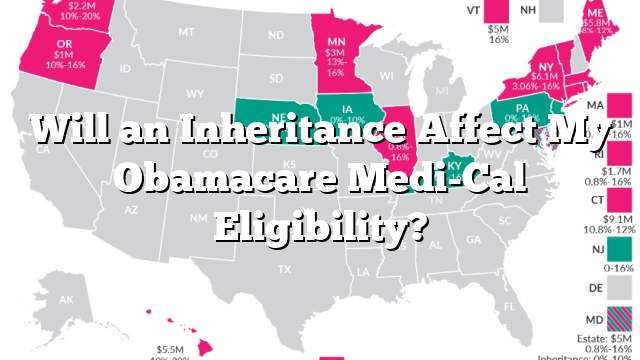
President Obama signed the Patient Protection and Affordable Care Act, commonly referred to as obamacare, into law in 2010. This landmark piece of legislation sought to transform America’s healthcare system.
The Affordable Care Act (ACA) opened up access to health insurance and made medical care more affordable for Americans, creating new tax credits and subsidies that help people pay for their coverage.
It’s Making Health Care More Affordable
The Affordable Care Act has made health insurance more accessible for consumers. Companies no longer have the option to deny coverage based on preexisting conditions, and more screening procedures are now covered by law.
Additionally, the Affordable Care Act has held private insurance companies accountable for their premiums and introduced medical loss ratio (MLR) rules that require insurers to spend at least 80% of premium funds on medical care. These regulations help keep rates from rising too far above actual costs of care.
The Affordable Care Act (ACA) has significantly lowered the price of prescription drugs. Many ACA-compliant plans now cover more medications, and accelerating approval of biosimilars – biologic drugs similar to brand name medications but often cheaper – is another positive effect of ACA implementation.
It’s Making Health Care More Accessible
The Affordable Care Act has greatly broadened access to health care for Americans, making it more affordable for many to secure coverage.
Under the Affordable Care Act (ACA), individuals with incomes between 100% and 400% of the federal poverty level are eligible for premium tax credits or special subsidies that reduce their costs. This provides assistance to lower-income individuals in purchasing coverage for themselves and their families.
Furthermore, millions of Americans have gained coverage through Medicaid and the health insurance marketplaces. The Affordable Care Act has revolutionized how insurance companies operate and given consumers more choice when selecting their coverage.
The Affordable Care Act (ACA) has further strengthened protections against discrimination. It has prohibited gender rating and insurance companies from denying coverage or charging more for people with preexisting conditions, making it easier for women to access contraception and maternity care.
It’s Making Health Care More Efficient
The Affordable Care Act (ACA) has made health care more efficient by prohibiting insurers from denying coverage for preexisting conditions or charging higher rates than necessary. This has provided much-needed relief to people facing expensive medical bills.
Laws also hold insurance companies responsible for how they spend your premium dollars. That means if they spend less than 80% of your premium on things like medical care, then they must give you a rebate.
On average, this rebate amounts to around $164 for individuals in the individual market.
Additionally, the Affordable Care Act is making America healthier by decreasing the prevalence of preventable diseases and illnesses. Under this initiative, plans must cover services like cancer screenings, blood pressure checks and cholesterol checks as part of their coverage obligations.
The Affordable Care Act has also recognized high-quality care through accountable care organizations, in which doctors and hospitals collaborate to coordinate patient care. This program has already saved Medicare money and will ultimately benefit patients in the long run.
It’s Making Health Care More Flexible
Obamacare offers numerous consumer protections that make health insurance more accessible for everyone. These include coverage of preexisting conditions, allowing young adults to remain on their parents’ plan until age 26, and making it illegal for insurance companies to deny or cancel coverage.
The Affordable Care Act requires health plans to cover screenings and preventive services with low copays or deductibles, thus reducing the likelihood of costly health care problems in the future. Furthermore, tax credits under this act assist small businesses in purchasing health insurance for their employees.
Furthermore, several states have implemented or are in the process of implementing state-level reforms that expand coverage and affordability. These initiatives include public options, price transparency, and premium caps on insurance companies.






